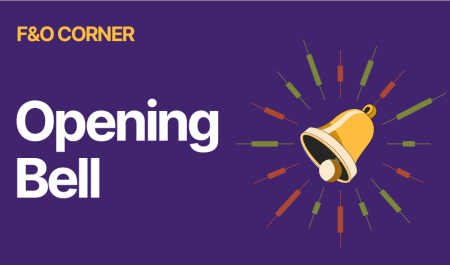Often investors liken new fund offers (NFOs) to initial public offerings (IPOs). This is because both of them are conducted in a similar manner. Both involve issue or sale of securities to investors for the first time. However, the similarities end there. One shouldn’t mix the two or confuse the two. Let’s take a deep-dive into how they are different:
What is an NFO?
A new fund offer or NFO is when an asset management company (AMC)—also referred to as a mutual fund (MF) house—launches a new scheme and offers a subscription for the first time. Typically, the net asset value (NAV) – essentially the cost of one unit—of the scheme is usually fixed at ₹10 at the time of NFO. The NFO is open for a specified time period. Ahead of the NFO or during the time of the NFO, the AMC often advertises about the product to create awareness and generate investor interest.
What is an IPO?
An IPO is when an unlisted company issues shares to the public at large for the first time. An IPO typically is open for subscription for three days. Investors need to apply for the IPO during these three days through their brokers. Once the application is successful, the shares of the company get credited to the demat account, ahead of the listing. Once the company gets listed on stock exchanges — which happens six working days after the close of the IPO — investors can easily sell the shares allotted to them or buy more if they are positive on the prospects of the company.
Remember, if one doesn’t apply for the NFO or the IPO or misses on allotment, they can always subscribe or buy the shares later. However, the price could differ depending on the market behavior.
Open-ended versus closed-ended NFOs
Broadly speaking, there are two kinds of MF schemes - open-ended and closed-ended. In a closed-ended scheme, an investor can apply only at the time of the NFO. After the NFO, the scheme — as the name suggests — is closed for subscription. Also, investors who apply at the time of the NFO have to remain invested till the maturity period, which is communicated to investors at the time of the NFO. Closed-ended schemes are typically launched during certain market cycles to benefit from potential up moves which could play out over a three to five-year period. The fund manager of a closed-ended scheme has a specific corpus — collected during the NFO — to work with, and doesn’t have to worry about liquidity management due to lack-of-redemption pressure.
Open-ended schemes are relatively more common. Here, an investor can enter or exit the investment at any time, and not necessarily at the time of NFO. Often, many get enticed by the ₹10 pricing of the NFO. However, this doesn’t mean the units are expensive or cheap. Returns of any MF scheme are tied to market performance. Essentially, MFs pool assets from investors and invest in stocks, bonds or other securities. How these instruments perform after you invest determines your returns, and the NAV at the time of investing doesn’t hold any significance.
NFO versus IPO
As discussed earlier, the initial price at the time of NFO is insignificant. However, when it comes to an IPO, the pricing is the most critical component. However, here too investors often focus on the absolute price. For instance, often investors believe that a share priced at ₹100 in the IPO is cheap, while those priced above ₹1,000 are expensive. This is the wrong way to look at an IPO. Investors have to analyse key financial metrics such as price-to-earnings ratio, price-to-book ratio, and market capitalisation before taking an investment call. Investors should also compare these valuations against listed peers, if any. Other key aspects that can be looked at include the promoter pedigree, market positioning, quality of the management, industry it operates in and growth potential. Those who are not equipped to make such analysis should consult their investment advisor or study the research notes issued by brokerages at the time of the IPO.
Applying for an IPO means buying shares of a single company. On the other hand, NFO involves buying a basket of securities, based on a certain theme.
Typically, after the NFO, the NAV doesn’t change much immediately. This is because the mutual fund scheme invests in 20-30 stocks, which may not move much between the NFO closing and when units are available to purchase again directly or through a distributor. However, after listing the secondary market price usually can be very different from the IPO pricing. For instance, shares of the food delivery company - Zomato were priced at ₹76 per share during its IPO in July. On the first day of listing, its stock rose 66 per cent to close at ₹139. There are examples when stocks have also slipped below the issue price. Therefore, one can argue that subscribing or not subscribing at the time of an IPO is a bigger investment call than subscribing or not subscribing in an NFO, unless it is for a closed-ended scheme.



